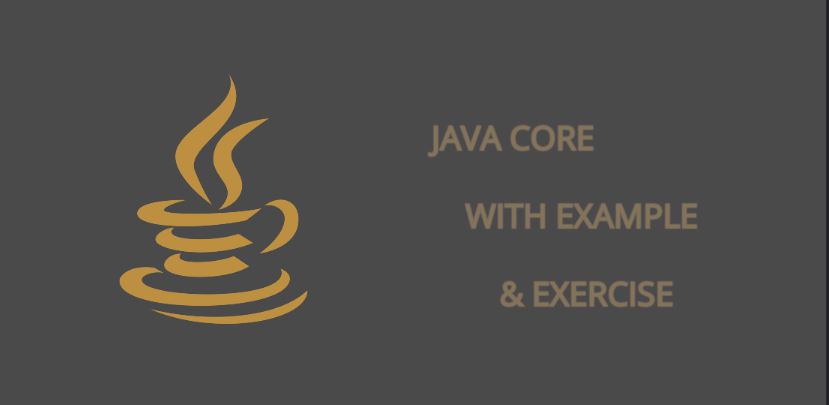

Got a question for us? Please mention it in the comments section of this article and we will get back to you as soon as possible.We can use reflection feature of Java to invoke methods of a Java class. Edureka’s Java J2EE and SOA training and certification course is designed to train you for both core and advanced Java concepts along with various Java frameworks like Hibernate & Spring. If you wish to learn more, check out the Java Training by Edureka, a trusted online learning company. Thus we have come to an end of this article on ‘Java Reflection API’.
#Java reflection method code
#Java reflection method how to
Let us move forward with article, How to get the object of Class class? Public Method getDeclaredMethod(String name,Class parameterTypes)throws NoSuchMethodException,SecurityException Returns the total number of constructors of this class. Obtaining Method Objects The Method class is obtained from the Class object. This text will get into more detail about the Java Method object.

Public Constructor getDeclaredConstructors()throws SecurityException Using Java Reflection you can inspect the methods of classes and invoke them at runtime. Returns the total number of methods of this class. Public Method getDeclaredMethods()throws SecurityException Returns the total number of fields of this class. Public Field getDeclaredFields()throws SecurityException Public Object newInstance()throws InstantiationException,IllegalAccessException Loads the class and returns the reference of Class class. Public static Class forName(String className)throws ClassNotFoundException No let us take a look at Java Reflection API methods, Methods used in Modifier : This class is used to gather information about a particular access modifier.Constructor : This class is used to gather declarative information such as access modifier, name and parameter types of a constructor.Method : This class is used to gather declarative information such as access modifier, return type, name, parameter types and exception type of a method.Field : This class is used to gather declarative information such as datatype, access modifier, name and value of a variable.So what is Class in Java lang reflect package? Class in Package?įollowing is a list of various Java classes in to implement reflection. IDE (Integrated Development Environment) e.g.So let us get started with these pointers in this article on Java Reflection API Where is Java Reflection API used? Advantages and Disadvantages of Using Java Reflection API.This article will focus on following pointers: In This article we would understand Java Reflection API in detail. Java Reflection API is used to manipulate class and its members which include fields, methods, constructor, etc. Java Reflection is a process of examining or modifying the run time behavior of a class at run time.


 0 kommentar(er)
0 kommentar(er)
